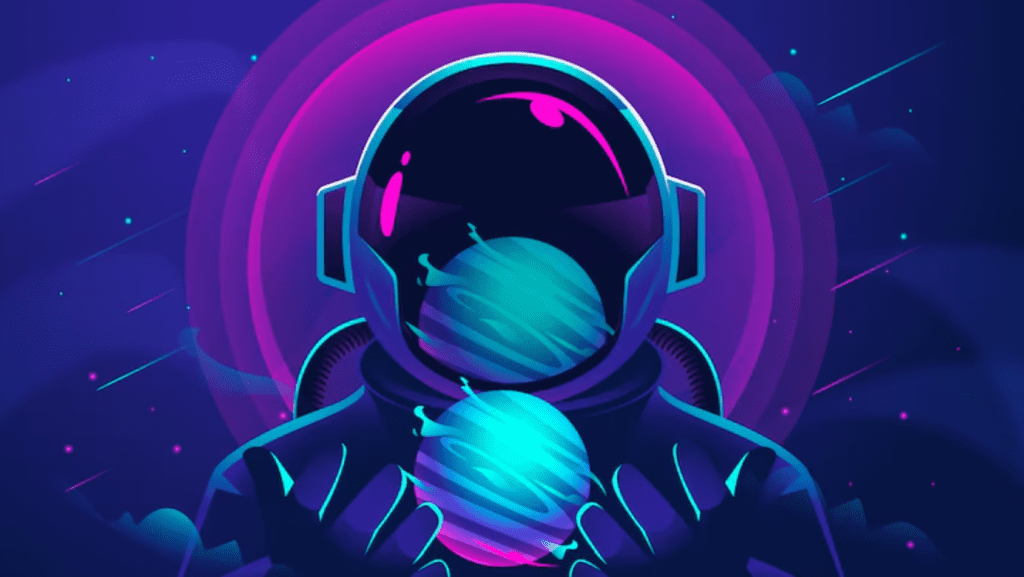

In a groundbreaking fusion of science and sound, NASA has unveiled an awe-inspiring audio project that turns the cosmic violence of dying stars into haunting ambient compositions. Through a method known as sonification, data gathered by NASA’s most advanced telescopes has been translated into music—allowing listeners to hear the universe like never before.
Developed in collaboration with the Chandra X-ray Center and NASA’s Universe of Learning program, the project utilizes data from the James Webb Space Telescope, Chandra X-ray Observatory, and Imaging X-ray Polarimetry Explorer (IXPE) to craft immersive sonic experiences from celestial phenomena. The result? A chilling yet beautiful soundscape formed from black holes, dying stars, and interstellar winds.
Music From the Void
Each track in the collection acts as an audio telescope, revealing different corners of the cosmos:
- WR124, a massive star 28,000 light-years from Earth and possibly on the brink of collapse, opens the set. The track begins with a scream-like descent, interpreted from the hot core’s X-ray emissions. Flute-like tones echo the surrounding nebula, while chime-like sounds represent distant stars. The composition builds a vivid picture of a supernova in waiting.
- The second movement explores SS433, a binary system where a Sun-like star orbits a dense object—likely a black hole. This celestial dance, captured via X-ray and radio data, becomes a pulse-driven rhythm accompanied by ambient textures and aquatic plinks mimicking dripping water.
- Finally, the project ventures into Centaurus A, a galaxy 12 million light-years away and home to a supermassive black hole spewing jets across its span. The audio translation mixes wind chimes, string instruments, and continuous flowing tones, highlighting the galaxy’s dramatic structure and scale.
A New Way to Hear the Universe
While the sonifications offer a meditative listening experience, they serve a dual purpose. For astronomers, they provide a novel method to detect hidden patterns and anomalies. For the general public, it’s an accessible way to experience the cosmos—no telescope required.
“Sonification helps translate the abstract into the emotional,” said Kimberly Arcand, visualization scientist and project lead. She worked alongside astrophysicist Matt Russo and musician Andrew Santaguida, whose artistic touch shaped the compositions into ambient masterpieces. The team also included consultant Christine Malec, who advocated for the audio to be inclusive and engaging for blind and low-vision communities.
The Sound of Stars Dying
Though these sonifications are based on unimaginable destruction—stars collapsing, black holes devouring matter—their musical interpretations are serene, even spiritual. They remind us that the universe is not silent, but full of vibrational echoes waiting to be heard.
You can listen to the sonifications now on NASA’s official YouTube channel: Watch Here

